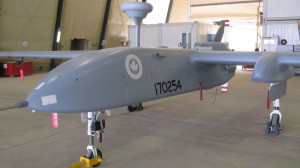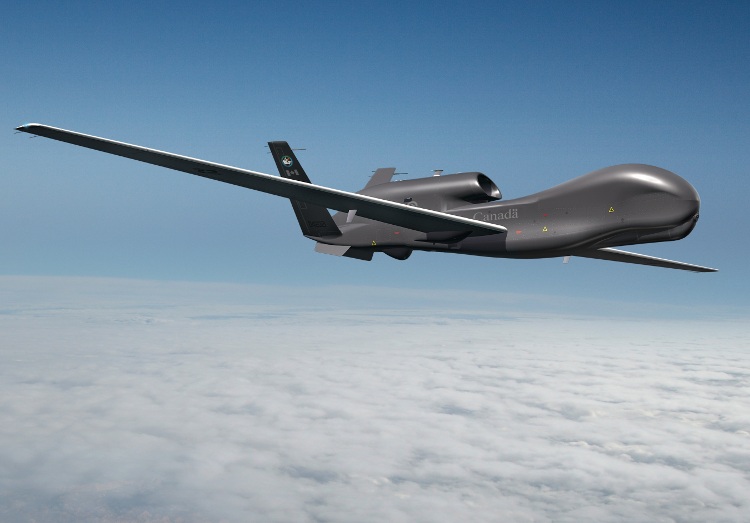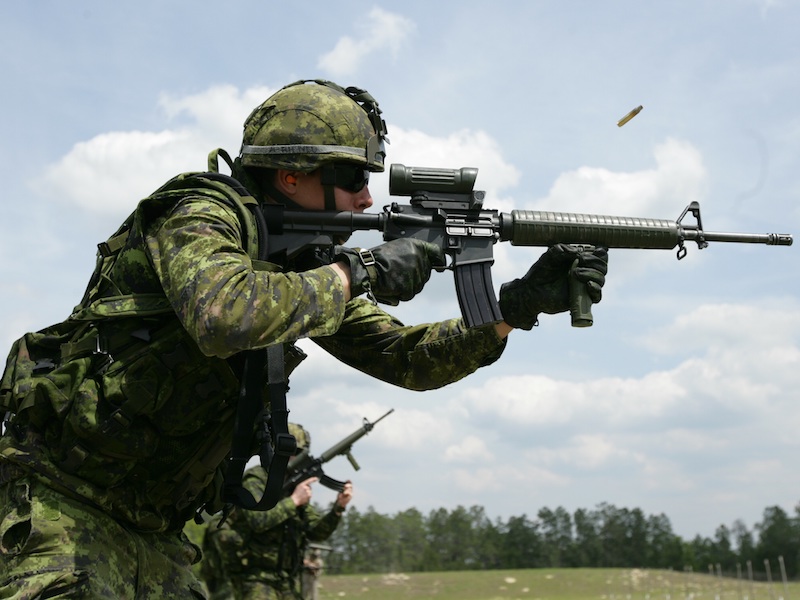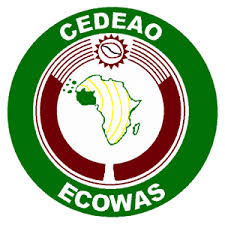Canada’s mission in Afghanistan, as the most recent full-scale theatre of military operation, has been an important experience in many respects for the armed forces. From the perspective of defence procurement, the war has provided the opportunity to test out materiel in the field. An excellent example, which proved valuable in producing new surveillance capabilities for the Canadian Forces, is the use of Unmanned Aerial Vehicles (UAVs). These “drones” are quickly becoming a staple of modern air forces around the world and are likely to play an increasingly prominent role in their operation into the future.
Established in 2000 as an experimental concept, the program’s trajectory has fluctuated with the ebb and flow of political ambition and budgetary constraint.
In Canada, the Joint Uninhabited Surveillance and Target Acquisition System (JUSTAS) program is responsible for all UAV development and acquisitions. Established in 2000 as an experimental concept, the program’s trajectory has fluctuated with the ebb and flow of political ambition and budgetary constraint. Early on, the program’s implementation was wisely separated into two phases, the first directed at the procurement of “overland domestic and expeditionary” armed UAVs and the second at “domestic maritime and arctic” reconnaissance UAVs. Today, the program has virtually nothing tangible to show for itself; with no successful procurements and stalled plans for further development. This troublesome track record should, however, not be assumed to be an indication of a lack of interest. The versatility and relatively low cost of drone fleets make them attractive assets to have, particularly in today’s rapidly changing security circumstances.

The second phase of JUSTAS, dealing with unarmed reconnaissance UAVs, is what Canada has the most, albeit somewhat indirect, experience with in the field. The Manley Report, the result of a panel convened to investigate whether or not Canada’s mission in Afghanistan should be extended past February 2009, made important recommendations regarding access to drones. The panel successfully associated the use of the technology with the preservation of the lives of Canadian solders, a connection that resonated strongly with policy makers. Though the report did not lead to the procurement of UAVs, it was instrumental in pushing along leasing deals with several international companies for access to UAVs like the CU-170 Heron, a medium-altitude, long endurance (MALE) surveillance aircraft.
The federal government has also taken interest in the use of UAVs to supplement satellite-based intelligence as means of enforcing Canadian maritime and arctic sovereignty. In 2006, the Conservatives campaigned with the promise to put a fleet of surveillance drones in Newfoundland, and the Canada First Defence Strategy (CFDS) promised arctic UAV patrols by 2020. Unlike the leased drones employed in Afghanistan, these drones would need to be more specialized high-altitude, long endurance (HALE) aircraft.
Phase one of JUSTAS, on the other hand, is the far more intensive and politically charged stage of the program. In Afghanistan, the Canadian Forces did not operate armed combat drones, but it often relied upon their support from their US allies in the field. As one field reporter remarked, armed drones have been the subject of lively debate, underlining “the rapidly changing nature of warfare and the moral challenges new technologies impose on commanders and political leaders.” Given the current standstill in drone development and procurement in Canada, it’s worth pausing for a moment to consider the implications of their use in the armed forces.
On the one hand, there are enormous incentives to make drone technology, both armed and unarmed, a regular feature of Canadian capability. Domestic industry appears to be very well positioned to play a significant role in the manufacturing chain of whichever design is eventually chosen. As a result of relatively swift regulatory action governing civilian drone use, the development of small but versatile commercial and private drones has flourished in a way that has not occurred south of the border. This infrastructure would make for fertile ground in the event that demand grows for the development of drones for military applications.
Furthermore, NATO’s focus on increased interoperability and network enabled capability gives the Canadian Forces added reason to begin to integrate drones into their forward operations as soon as possible. The Alliance Ground Surveillance (AGS) initiative, for instance, is a “game-changer” designed to provide alliance-wide reconnaissance support through the employment of new and current UAV fleets. Though Canada opted instead for a smaller and cheaper agreement with the US and Australia, it could bolster its participation and contribution to the NATO alliance through a new national fleet.
On the other hand, armed drone activity comes with significant moral baggage. While ostensibly capable of “surgical precision”, drones like the General Atomics Predator operated by the US military in Afghanistan have been observed to cause civilian and allied collateral damage on multiple occasions, with a number being declared war crimes by the international community.
It’s clear that Canada’s drone procurement ambitions put the armed forces on a course toward uncharted territory. While the strategic and economic incentives for their use are clear, the moral status of the armed variant of the technology is muddied by its track record thus far. Please join me in part two of this series to weigh in on the moral questions that surround their justified use in war-time. From there, a more complete picture of Canada’s future entry into the “drone club” can be assessed.




